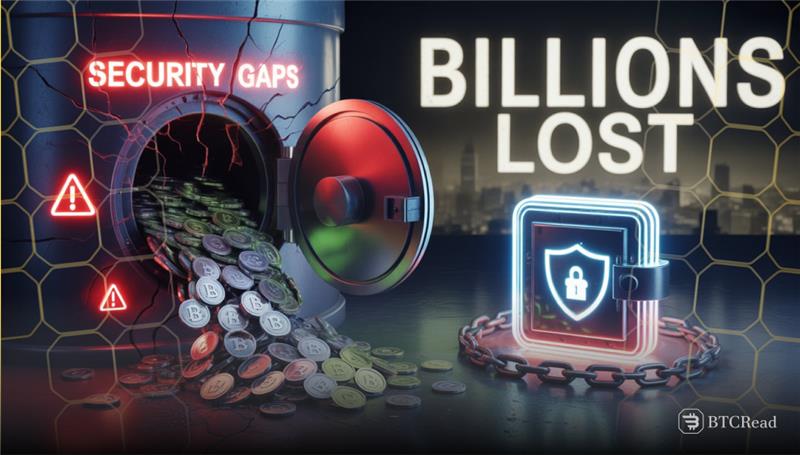In the last ten years, crypto has grown into a trillion-dollar industry. But as adoption surged, so did security issues. Many users still lose funds due to poor handling of private keys and weak storage methods. In 2024 alone, cybercriminals stole over $1.7 billion.
The bulk of these thefts came from phishing, hacked keys, and compromised exchanges. The industry promised users full control through self-custody. Yet that freedom comes with risks. People forget seed phrases, store them in unsafe ways, or fall for scams. Self-custody tools remain too complex for many.
Crypto seed phrases still a major risk
As a result, even those trying to protect their assets often fail. Centralized platforms do not fare better. The Mt. Gox collapse and FTX failure froze billions. In 2022, hackers stole $3.8 billion, mostly from centralized services. These repeated losses show that both custodial and self-custodial systems have major flaws.
The seed phrase stands out as a weak point. It holds full access to a wallet. But storing or even writing it down creates risk. Fire, theft, or simple forgetfulness can mean permanent loss. In 2024, 81% of hacks stemmed from key or seed phrase breaches. That trend continued into 2025.
Some companies are working on better tools. Tangem offers a new path. Their wallet uses no seed phrase. Instead, it generates and secures the private key inside a certified chip. The user gets three backup cards or a ring. All work without a battery. They resist damage and connect by tapping to a phone.
Self-Custody now holds one-third of crypto
This method cuts the risk of human error. There is nothing to write, save, or memorize. Recovery is simple: just use a second card. The user keeps control while avoiding the traps that plague most wallets.
More people are choosing this kind of approach. Since 2023, use of non-custodial wallets has risen 22%. Self-custody now holds 35% of the total crypto supply. Surveys show more users want direct control. Sales of hardware wallets spiked after each big exchange failure. The message is clear.
Security must be simple to succeed. If tools are too hard to use, users will not use them. Tangem’s design meets that challenge. It brings safety and ease together in one product. As crypto continues to grow, strong and simple self-custody may be the only way to protect users and enable real adoption.







